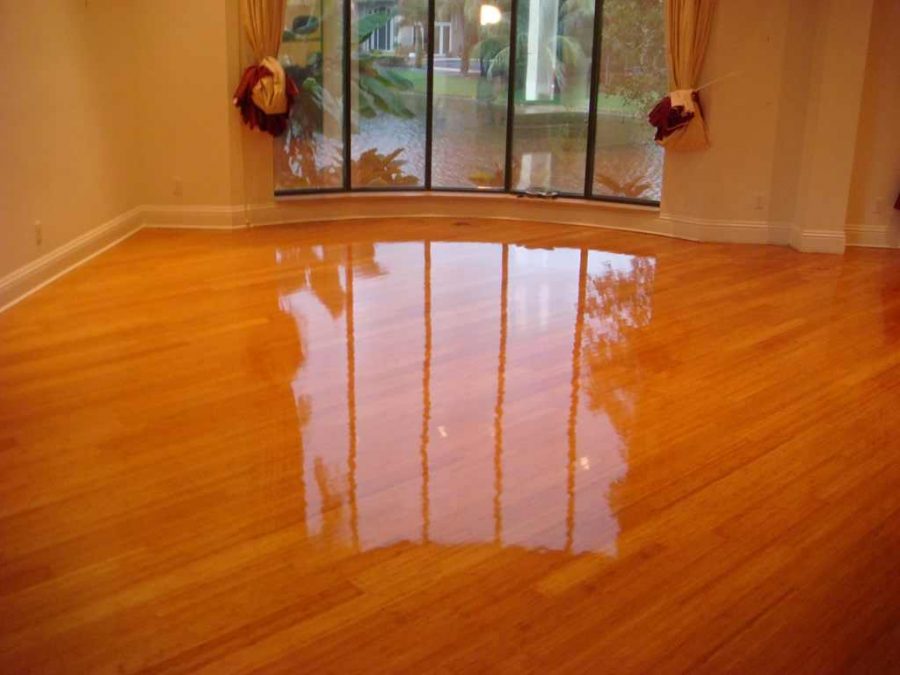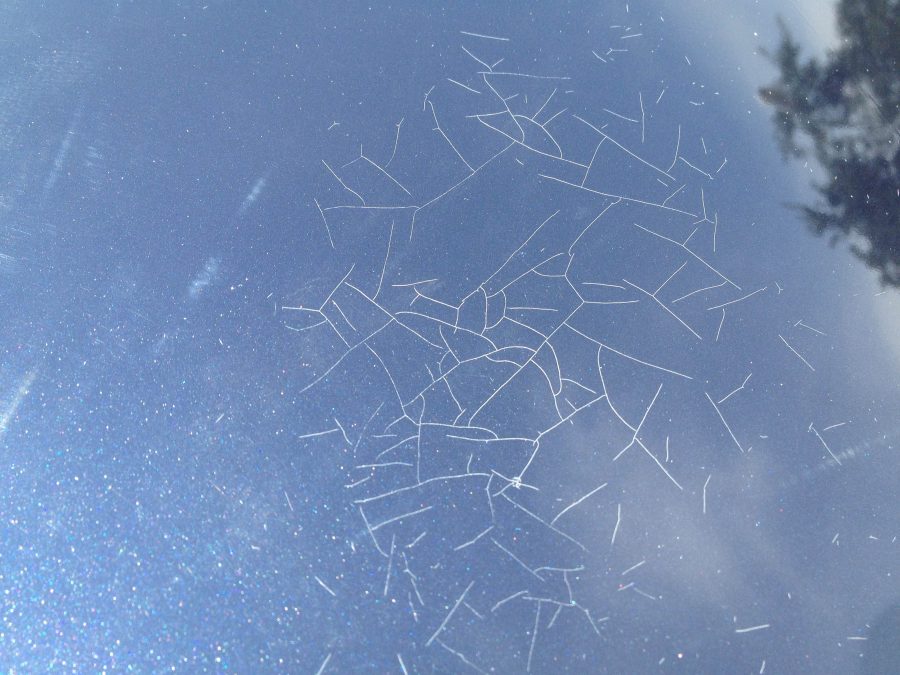I'm going to turn again a discussion I had with a collaborator into an article. The discussion was about the consequences of not respecting the mixing ratio for polyurethane varnish used in furniture finishing. As the principle is the same for most A+B products, be they industrial or DIY products, I think that presenting the consequences is useful for everyone.
The A+B principle is used for several wood products (and not only): varnishes, adhesives, glues. Basically, it is a matter of 2 components which, when mixed, react to form a third product, totally different in properties from the first two. In the case of the polyurethane products mentioned above, the reaction between components A and B leads to the formation of the varnish film.

Being a chemical reaction, the ratio between the 2 parts is well studied and determined, so that when they are mixed, they react, the molecules bind to each other and turn into a polymer with very good surface properties - the varnish film.
But what happens if the report is not respected? One side will remain free, unreacted and this can influence the properties of the resulting film. The same is true for adhesive or putty.
Now, don't think that adding 52-55% instead of 50% will be a big tragedy. As they know that their products are not used in pharmacies, all manufacturers provide a safety margin so that if there is no high-performance measuring equipment, the products can still be used. Problems become noticeable after 15-20%.
And what can happen to the lake? If there is too much hardener in the mix, the film can become brittle. In contact with water, it instantly hardens, forming a brittle solid. Excess hardener left unreacted can come into contact with moisture in the air. Thus, as the spent catalyst is embedded in the varnish film, it can also become brittle.

If, on the contrary, the varnish is in excess, the unresponsive part remains soft and will transfer this property to the varnish film in which it is trapped. The film becomes spongy, soft, without mechanical and chemical resistance, i.e. without precisely those properties for which a polyurethane varnish is chosen.
What happens to the polyurethane varnish if the catalyst (component B) is not added at all? It will remain soft and sticky. If the catalyst is applied on top, the whole film will crack. All you can do is remove the layer of varnish with thinner and start again from the beginning, mixing correctly. There are varnishes, however, that even if you don't add catalyst, they still harden. These are products where the catalyst percentage is low, 10-20% and where the catalyst is added to increase certain properties of the film (mechanical strength, chemical resistance) and shorten the drying time. The products will dry even if the hardener is not added, but in a longer time.
Before using A+B products, carefully read the instructions on the data sheets in the case of industrial products or on the packaging in the case of DIY products and, above all, follow them. They are not there for no reason.


























hello, I have a question - if I don't put in a good percentage of hardener, I mean less, will the lake dry out in time?and how much?thank you
Hello.
The 2 components will react more slowly and cross-linking will be reduced, resulting in a softer film. The curing time depends on the type of varnish and how much hardener has been applied. The percentage of hardener also depends on how soft the film will be.
If no hardener is applied, the film remains sticky.
All the best!
Thanks for the lesson you teach us this time too!!!
Thank you too for your appreciation and for following us.
Good evening. If the film is soft, can you apply an appropriate coating over it? What can happen? (E.g. Over the raw wood I applied primer and a coat of varnish...without hardener. The layer is sticky - 5 days after application. If I apply a new coat of varnish - sadolin terrace - can I get rid of the sticky layer by using thinner?) thanks!
Good evening!
Unfortunately, it can't! If you apply another coat of varnish with hardener on top of the one without, it will more than likely crack. Lacquer without hardener must be removed with thinner. If it is soft, try to remove it first with a squeegee. Then wipe the surface with a cloth with thinner and check that the surface is no longer soft and sticky. Afterwards sand lightly and apply lacquer with hardener.
Good luck!
What is the percentage of hardener to put in the lake
Hello!
It depends on the varnish and there may be several percentages of mixture. That's why on the product label or technical data sheet the hardener and the percentage that can be added is mentioned. For example, water-based varnishes are generally catalyzed 5-10%, solvent-based acrylic varnishes, 10-25%, polyurethane varnishes, 50-100%.
A variation of up to 3% does not influence drying very much, but large differences can make the lake too soft (too little hardener) or brittle (too much hardener).
All the best!
Hi! Thank you for your advice .... it helped me a lot.
Thanks to us too! We are happy to be of service.